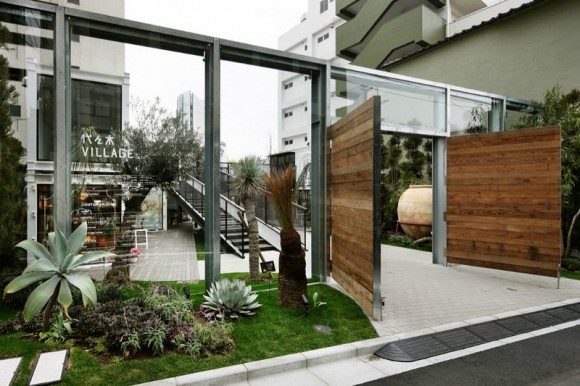 photos by Nacasa & Partners | click to enlarge
photos by Nacasa & Partners | click to enlarge
They say once is chance, twice is coincidence, third is a pattern. So I’m not quite ready to chalk this up as a Tokyo trend, but it’s certainly interesting to see the emergence of another “retail village.” I’m speaking, obviously, of Yoyogi Village, the new urban oasis that just opened during November of last year – 1 month earlier than its sisterly Daikanyama T-site. The similarities between the facilities are obvious: both boast a roster of rock-star creatives, they offer their own version of carefully curated retail shops and they target a specific sophisticated audience. Where daikanyama T-site staked out their specialty in the realm of books, Yoyogi Village claims music as their forte.
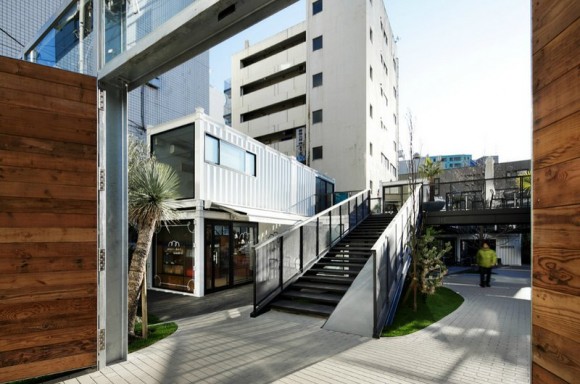 Heavy wooden gates help create the image of exclusive resort
Heavy wooden gates help create the image of exclusive resort
Yoyogi Village is divided into two zones: container zone and village zone. Akin to the street of souvenir stores that greet you when you enter Disneyland, the former is dedicated to a handful of specialty retail shops nestled away in, as the name hints, shipping containers.
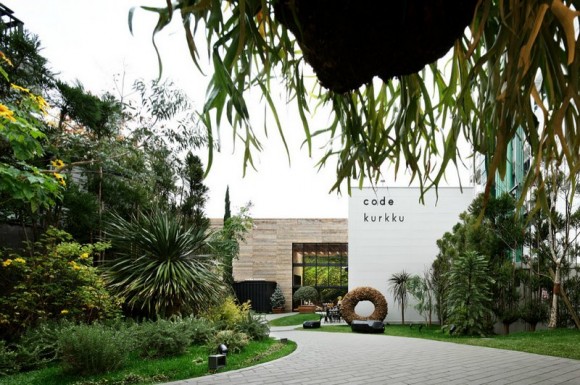 an assortment of exotic plants – the work of Seijun Nishihata – line the pathway
an assortment of exotic plants – the work of Seijun Nishihata – line the pathway
As you progress deeper into the site you come to the village zone, which houses the main attraction: code kurkku; a restaurant serving up Italian organic cuisine. Its executive chef, Yasuhiro Sasajima, hails from Il Ghiottone – a notoriously hard-to-get-a-table restaurant in Kyoto. For more on the restaurant head over to Robbie Swinnerton’s article. Caution: be sure to bring a drool bucket.
Yoyogi Village is the brainchild of Takeshi Kobayashi, a musician and record producer known for his work with household J-pop names like Mr. Children, Southern All Stars and Remioromen. He’s supported in his venture by recording artist Shinichi Osawa (aka Mondo Grosso). The two collaborated in 2009 to form the duo Bradberry Orchestra, so it’s understandable that these musical heavyweights went out of their way to ensure that the “Music Bar” – one of the pinnacles of their main restaurant – lives up to all their acoustical standards. Helping to achieve the overall look-and-feel of urban oasis is self-proclaimed “plant hunter” Seijun Nishihata, who is in charge of the landscaping. And rounding out the exhaustive list of designer talent is interior designer Masamichi Katayama of Wonderwall, who worked his magic on the space.
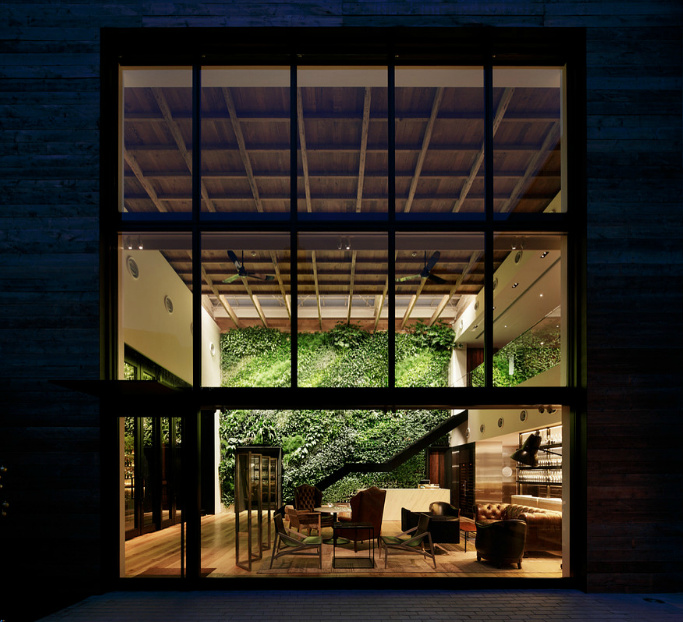 a fantastic green wall serves as the main focal point in the lounge area
a fantastic green wall serves as the main focal point in the lounge area
I’ll be on the lookout for the next retail village but in the meantime, Yoyogi Village has been added to our Tokyo Design Guide!

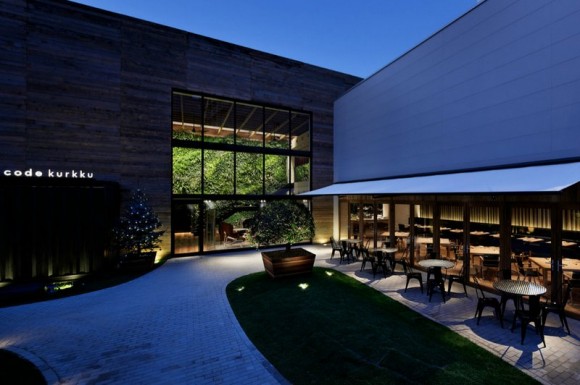
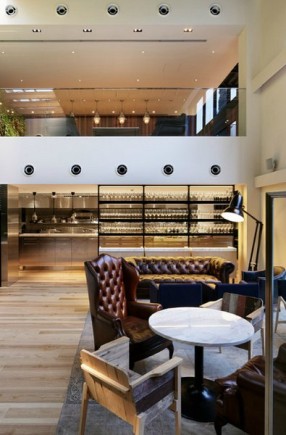
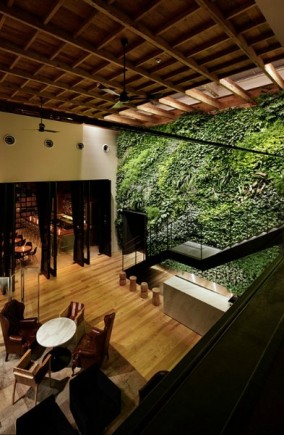
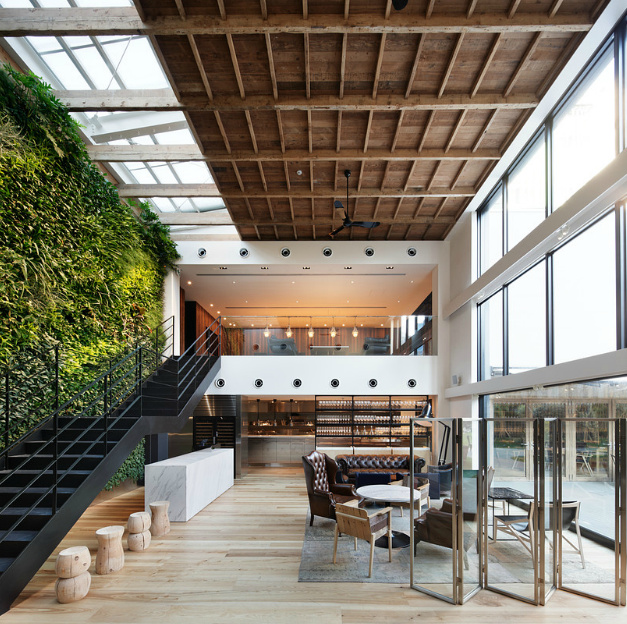
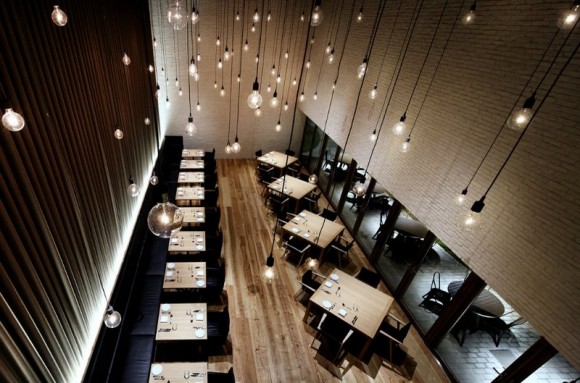
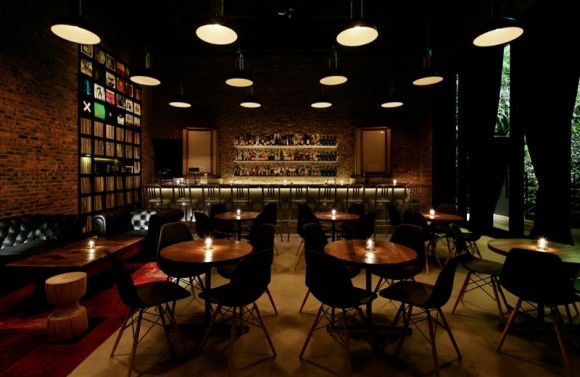

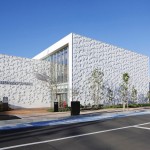
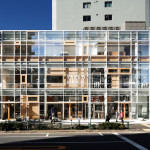

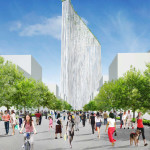


















March 22, 2012 at 6:15 pm
Terrific design/concept and no complaints if more “villages” along these lines eventuate. The only fly in the ointment, for me, was one large ashtray overflowing with stubs and the revolting smell that comes with it, all of which completely fails to blend with the so-called “organic” theme. If the owners really wanted to make a bold statement, they should’ve made it a complete smoke-free zone, period. Smoking in public spaces is so yesterday…
March 23, 2012 at 2:49 pm
I wish this was his villa and that im his best friend who can come visit anytime!!